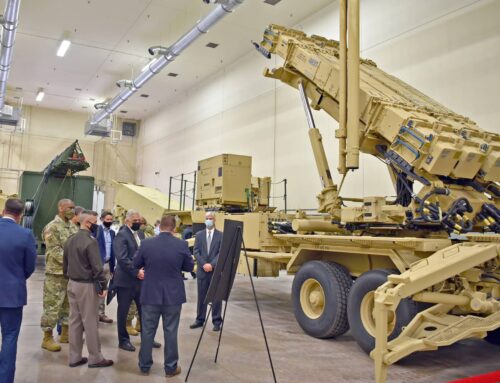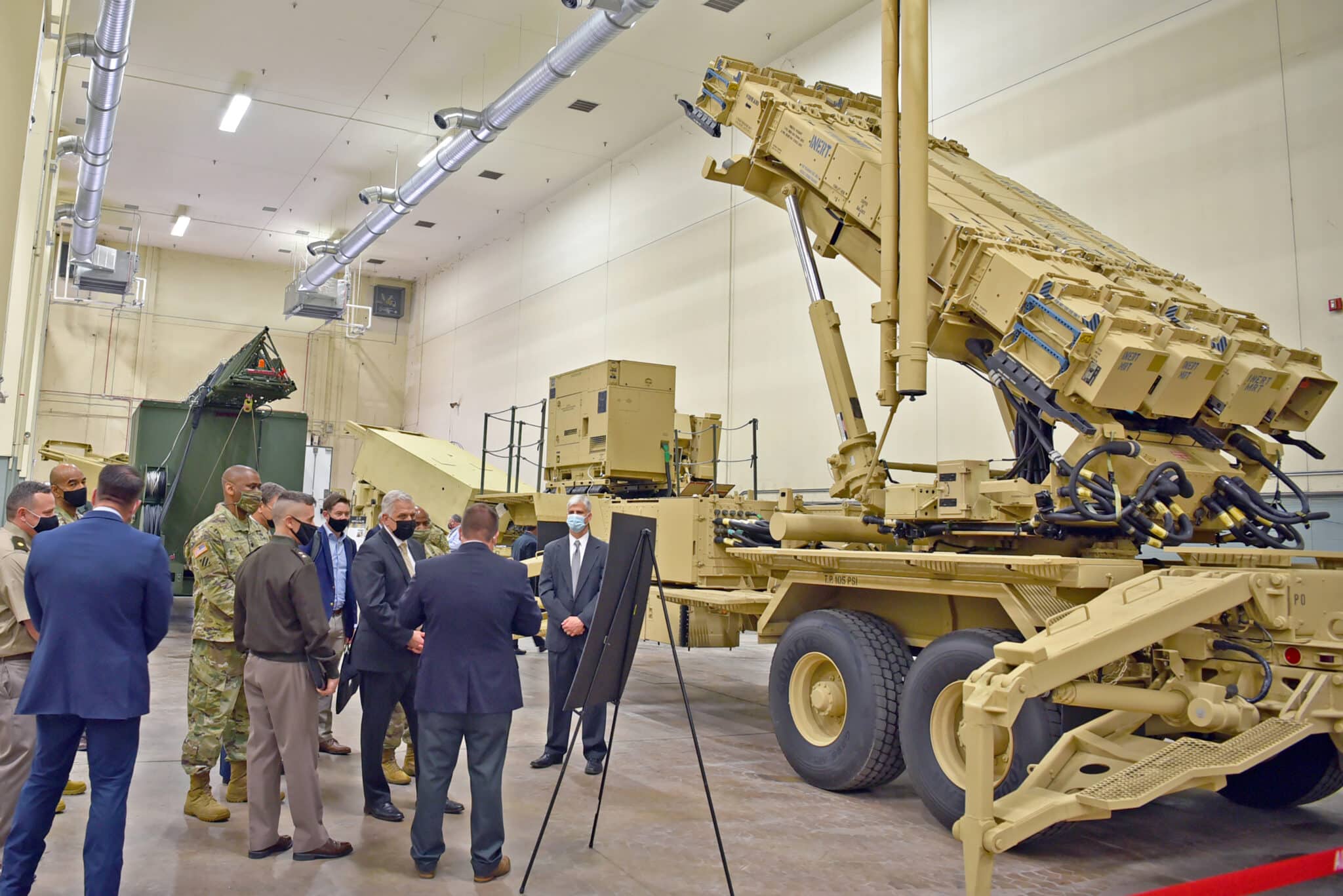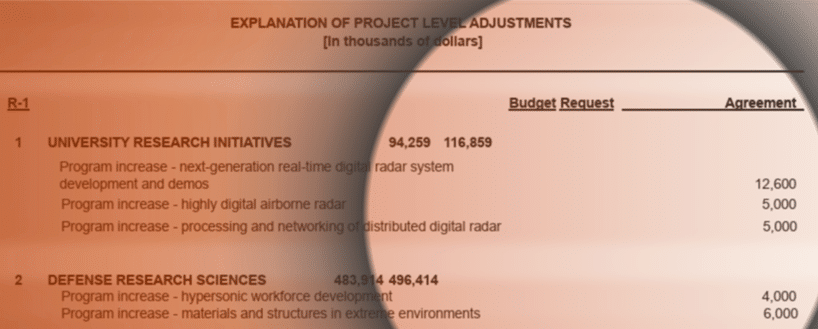The axe has fallen on the final version of the stimulus bill, and some national security spending ended up on the cutting room floor. Defense Department programs, never a major beneficiary of this $789 billion effort, were left untouched; Homeland Security suffered a few more nicks and scrapes; and the Energy Department’s nuclear weapons complex got shut out completely. Here’s a full breakdown:
- $4.2 billion for military facilities including barracks, childcare centers and hospitals, $300 million less than the House mark and $1.3 billion more than the Senate’s.
- $300 million for energy research and development, split evenly among the four services. That’s $50 million less than the House wanted but $100 million more than the Senate’s proposal.
- The Senate’s $200 million allotment for providing the military with hybrid vehicles vanished, as did its $100 million addition for lithium ion batteries.
- Conferees invested $400 million in the Defense Health Program, $150 million more than the Senate had proposed (the House allotted nothing).
- The DOD Inspector General held on to the House mark of $15 million, $3 million more than the Senate’s proposal.
- The National Nuclear Security Administration, which manages our nuclear weapons, lost the $1 billion the Senate proposed for maintenance, construction and other projects. The addition was controversial in absence of White House direction on a proposed reorganization of DOE’s nuclear labs.
- Defense environmental cleanup emerged victorious with $5.1 billion, just shy of the Senate’s $5.5 billion but much more than the House’s $500 million.
- DHS held on to the $200 million the Senate gave it for management, $50 million less than its original mark (thanks to the Nelson-Collins amendment) but better than the House’s $0. Its inspector general also kept the $5 million it received from the Senate, $3 more than the House proposed.
- U.S. Customs and Border Protection picked up $160 million for salaries and expenses, just $38 million less than the Senate mark and $60 more than the House’s.
- DHS’ Border Security, Fencing, Infrastructure and Technology account—which covers SBI-Net, the Boeing “virtual fence” program—saw the $200 million first awarded by the Senate cut in half (though that’s still $100 more than the House allotted). SBI-Net was suspended last year after its first phase deployed along 28 miles along Arizona border became riddled with problems. The final bill retained Senate language demanding an expenditure plan.
- The Transportation Security Agency (TSA) maintained the $1 billion for explosive detection equipment proposed by the Senate (the Nelson-Collins amendment trimmed $200 million), which is twice as much as the House proposal. TSA is also required to submit an expenditure plan.
Legislative language explicitly naming another national-security related program, the troubled National Polar Orbiting Environmental Satellite System , disappeared from the bill report. However, the National Oceanic and Atmospheric Adminisration kept the $600 million the House offered—instead of the $795 million it would have received from the Senate—for issues including “satellite development.” NASA, which was also slated to receive money for the satellite, also took the smaller House cut–$400 million rather than the Senate’s $500 million.











Get Social